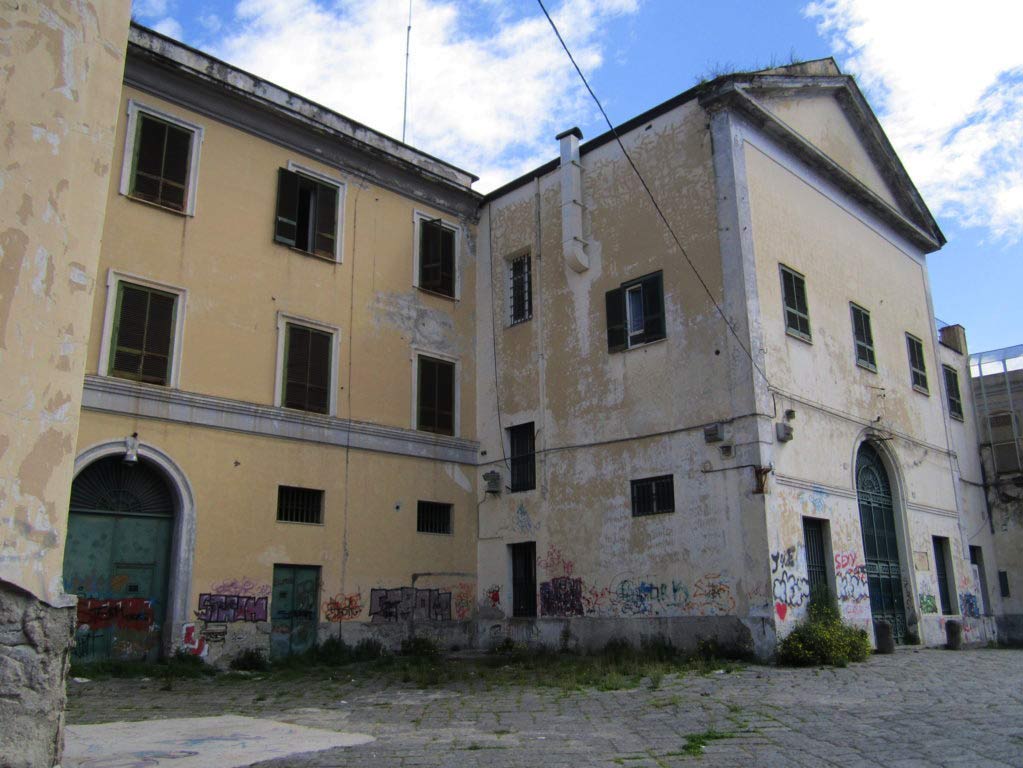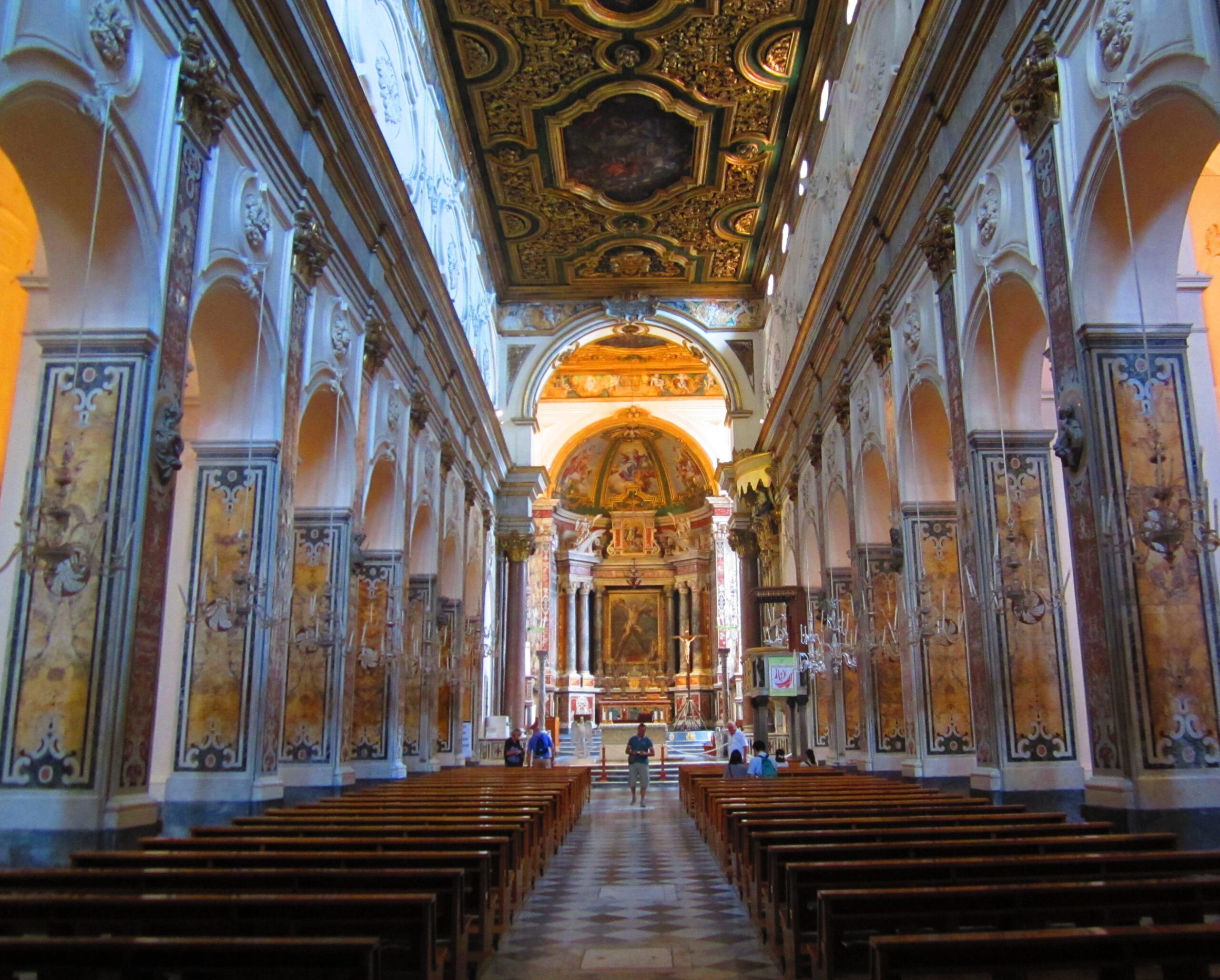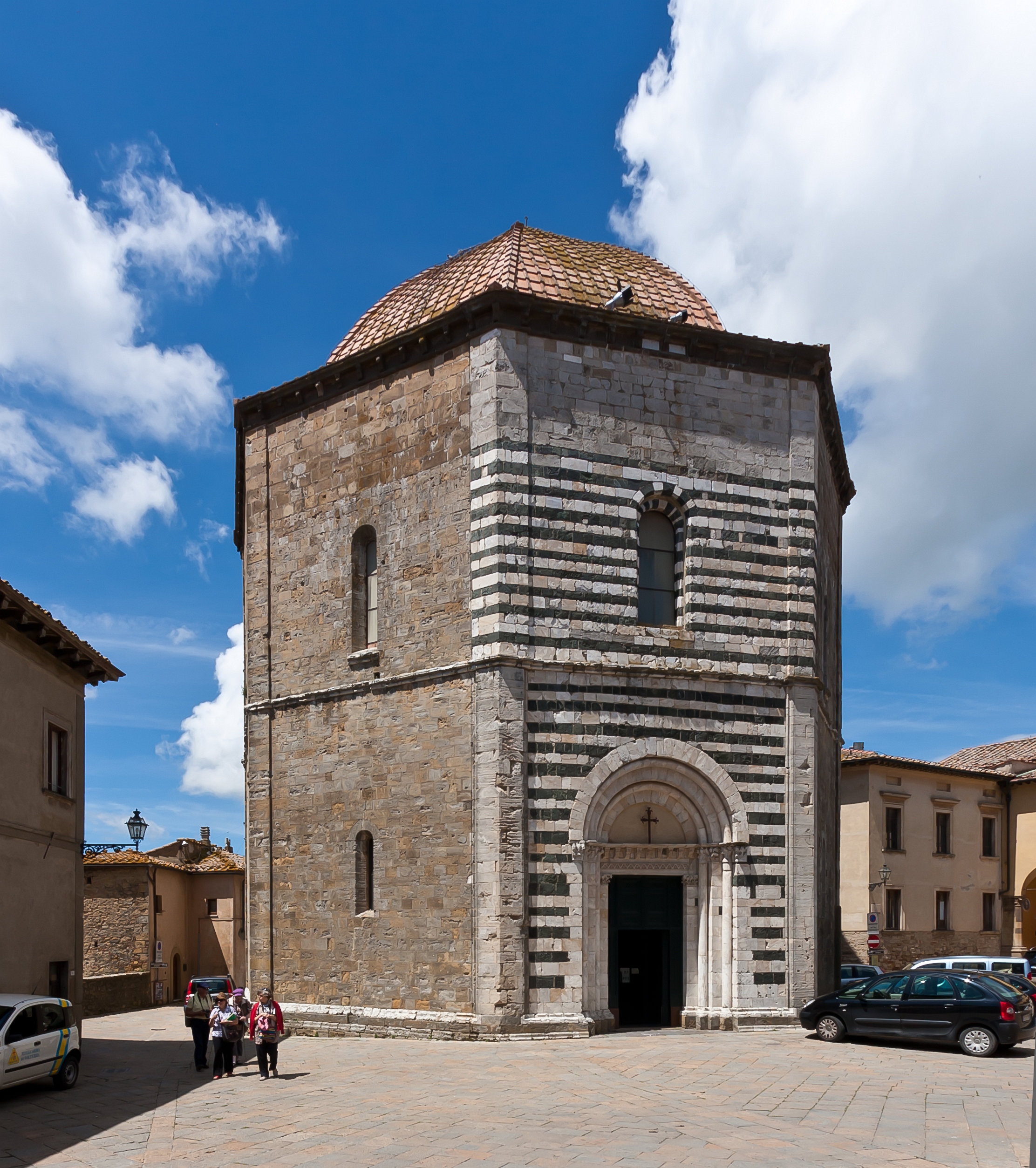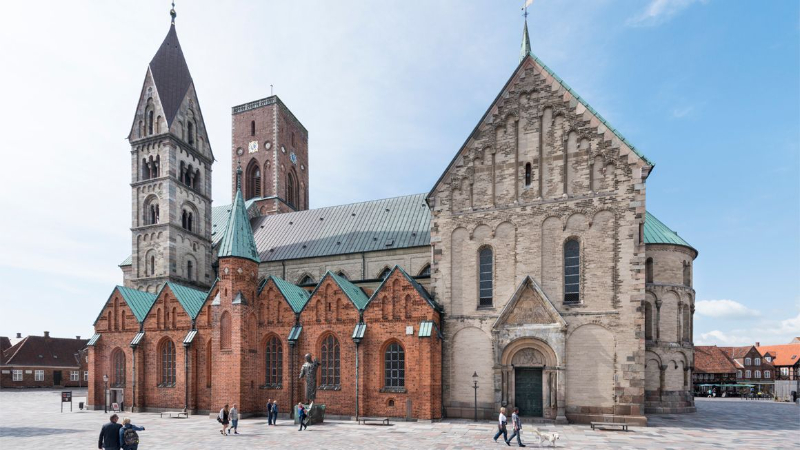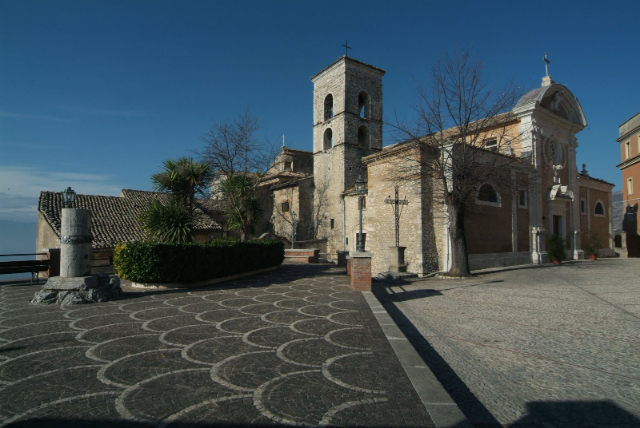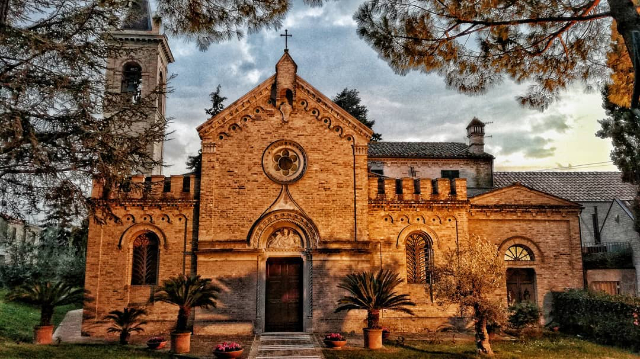The Monastery of Sant’Eframo Nuovo, whose construction dates back to 1572, was built on land that belonged to Gianfrancesco di Sangro, Prince of Sansevero, bought by the Capuchin friars thanks to donations from the noblewoman Fabrizia Carafa. The entire project, which involved the construction of a very large complex to become the headquarters of the Capuchin Friars Minor, was completed in the first decades of the following century, but in smaller dimensions. However, a dormitory with 160 rooms, two cloisters, a vegetable garden, several courtyards and common areas were built, while in 1661 the church dedicated to the Immaculate Conception was also founded. In fact, the original name of the whole building would be "Monastery of the Immaculate Conception in Fonseca", later also called "Monastery of Sant’Eframo Nuovo" to distinguish it from the other already existing Capuchin seat.
In 1840, the complex was devastated by a fire that caused the destruction of many areas of the monastery and the church, while inside which he frescoes of the vault, by Filippo Andreoli, were lost, while a statue of St. Francis of Assisi, by Giuseppe Sammartino, and a statue of the Madonna from Brazil, arrived in Naples in 1828, were saved.
Thanks to the intervention of King Ferdinand II, the structure was promptly restored and rebuilt in neoclassical style, and then reopened in 1841. In 1865, however, after the unification of Italy, the monastery was suppressed and used as barracks. In 1925, instead, the complex became a criminal asylum and, since 1975, a judicial psychiatric hospital. Abandoned then in 2008, since 2015 the complex is occupied by the Collective Self-organized University of Naples, which founded the "Ex OPG occupied Je so’ pazzo", with the aim of recovering the rooms and give back to the city one of its historic buildings.
In the church was buried the philosopher Antonio Genovese , who was the first professor of Economics in the world.
